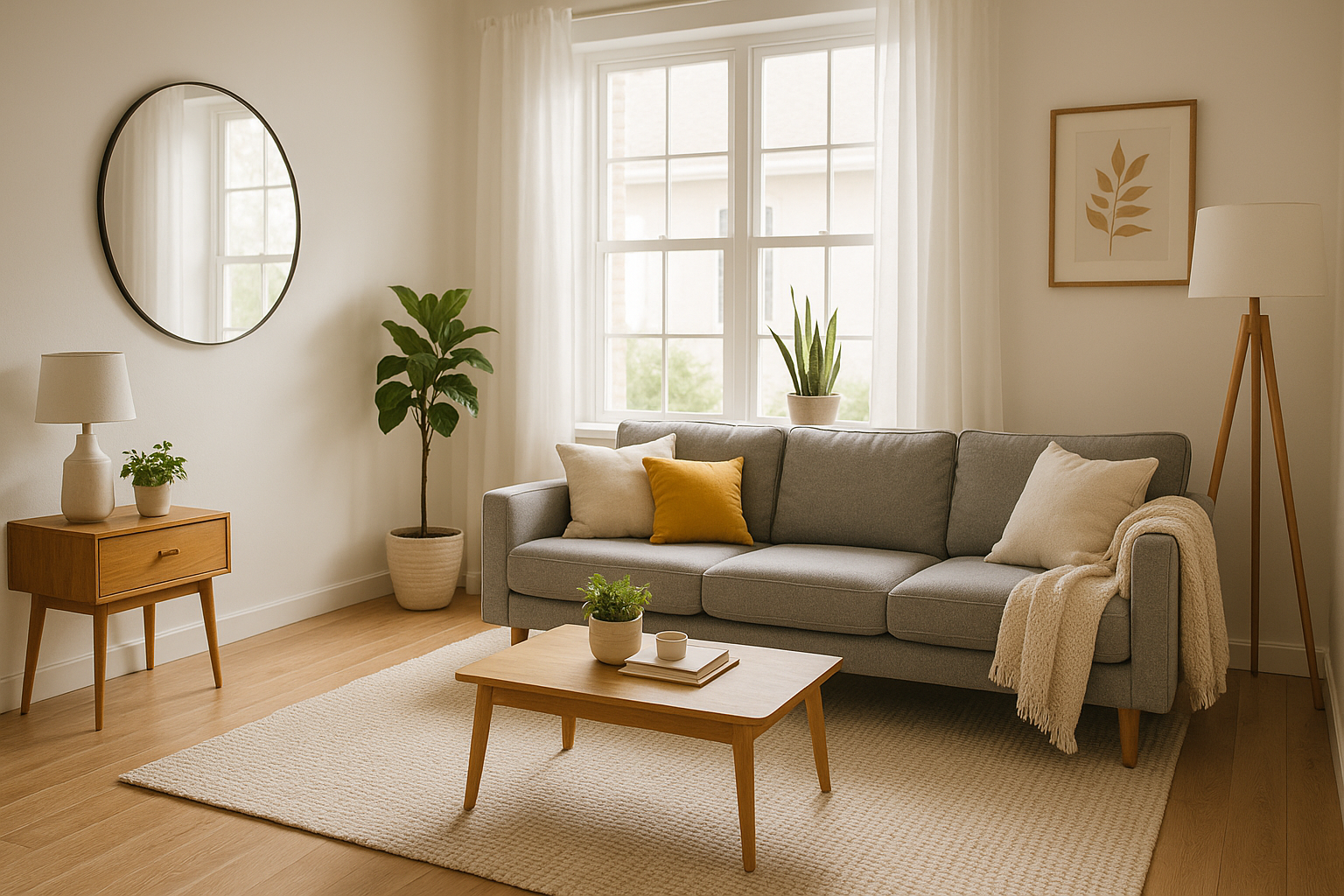Mixing different interior design styles can be both exciting and intimidating. While it’s a great way to showcase your personality and taste, it requires a thoughtful approach to avoid visual clutter. This article will guide you through combining diverse styles—like modern, rustic, industrial, and bohemian—into one harmonious space.
Why Mixing Styles Works When Done Right
Combining different aesthetics gives your home a unique, curated feel. It reflects your individuality and tells a story beyond a “catalog look.” Instead of matching everything perfectly, you’re layering styles that contrast and complement one another.
When done right, this strategy can elevate your interior and make your space feel more inviting and lived-in.
Start With a Unifying Element
To avoid chaos, establish a unifying design foundation:
- Color palette: Stick to a cohesive set of 2–3 primary colors and 1–2 accent shades.
- Material: Use common materials—like wood, metal, or linen—across styles.
- Shape: Echo similar lines, curves, or patterns in furniture and décor.
These elements act as the glue that holds different pieces together visually.
Choose a Dominant Style
To maintain consistency, select one main design style to anchor the space. This style will define around 70% of the room. The remaining 30% can come from contrasting styles used as accents.
For example:
- Modern base with rustic touches: Clean-lined furniture with wooden tables and woven accessories.
- Scandinavian base with boho layers: White walls, minimal furniture, mixed with colorful textiles and houseplants.
This prevents the room from feeling like a thrift store mishmash.
Find Balance Through Scale and Proportion
When mixing styles, keep the scale of furniture and accessories consistent. An oversized industrial lamp may overpower a delicate mid-century table. Balance is key:
- Pair bulky items with equally substantial pieces.
- Mix light and heavy visual weights evenly throughout the space.
- Don’t overcrowd one side of the room with statement items.
Balance creates flow and keeps the eye moving comfortably.
Let One Piece Steal the Show
Every room needs a focal point. This can be a dramatic chandelier, a colorful rug, an abstract painting, or a vintage armchair.
When working with multiple styles, allow one standout item to shine while the others support it. This creates hierarchy and avoids visual competition.
Use Transitional Pieces
Transitional elements help bridge the gap between two very different styles. For example:
- A sleek, modern sofa with rustic wooden legs
- An industrial coffee table with soft, rounded edges
- Boho textiles on a minimalist bed frame
These hybrids soften contrasts and make the room feel intentional rather than accidental.
Repeat Elements for Visual Rhythm
Once you introduce a new style or material, echo it in at least one other area of the room. This could be:
- Repeating brass finishes on lamps and cabinet handles
- Using similar wood tones in different furniture pieces
- Mirroring geometric shapes in wall art and rugs
This repetition ties the space together and prevents anything from feeling out of place.
Mix Textures, Not Just Styles
Texture adds depth and warmth to a space, especially when you’re mixing design genres. Try pairing:
- Smooth leather with woven baskets
- Glass with reclaimed wood
- Soft velvet with rough concrete
The variation in tactile elements enhances contrast and keeps the design interesting.
Don’t Overdo It With Themes
It’s easy to fall into the trap of turning your space into a themed room (e.g., “Farmhouse Café” or “Tulum Retreat”). While it’s okay to draw inspiration, avoid going all-in with one aesthetic, especially when blending styles.
Keep it subtle. Let certain pieces hint at a theme without overwhelming the entire room.
Take Your Time
A well-mixed room often evolves over time. Don’t feel pressured to finish decorating all at once. Living in the space allows you to discover what works and what doesn’t.
Collect pieces you truly love, not just what matches, and gradually build your environment with intention.
Trust Your Instincts, But Seek Feedback
Your home should reflect you, but if you’re unsure whether something clashes or blends, step back or ask for a second opinion. Take photos of your room and look at them with fresh eyes. Sometimes details become clearer when you see the whole picture from a different perspective.
Final Thoughts: Harmony Over Perfection
Blending design styles can result in a richer, more personalized space. The key lies in balance, repetition, and a unifying design thread. Choose a dominant style, mix in contrasting elements thoughtfully, and create continuity with colors, textures, and materials.
In the end, your home should feel cohesive—not because everything matches perfectly, but because every element plays its part in the overall harmony.
